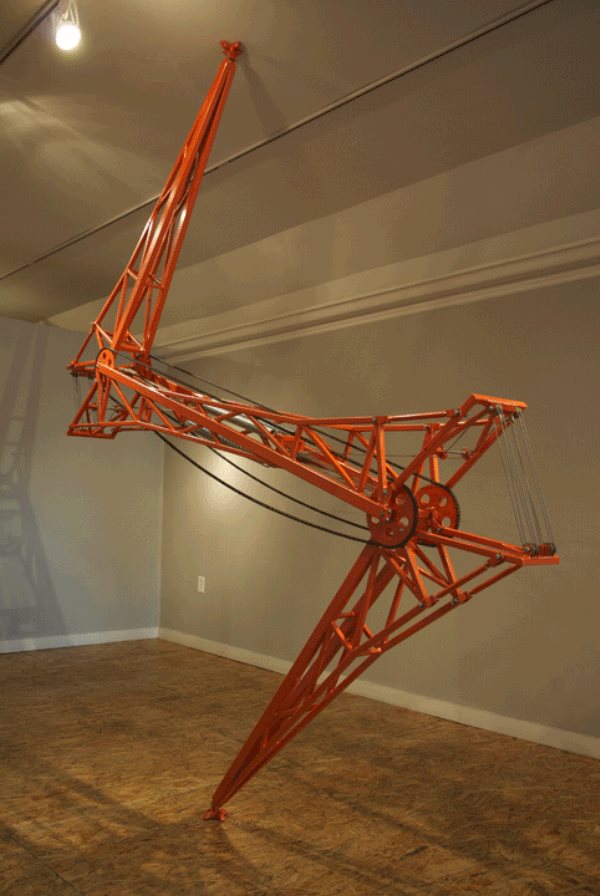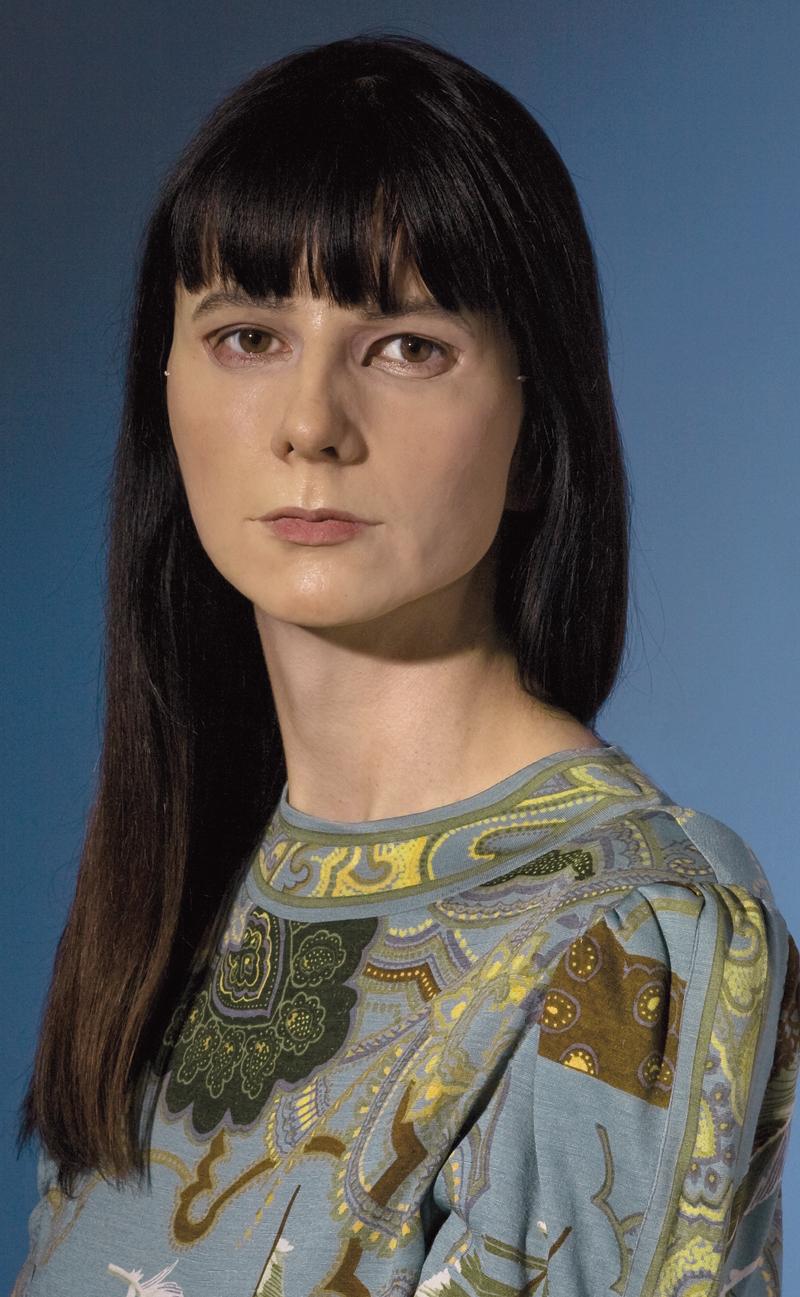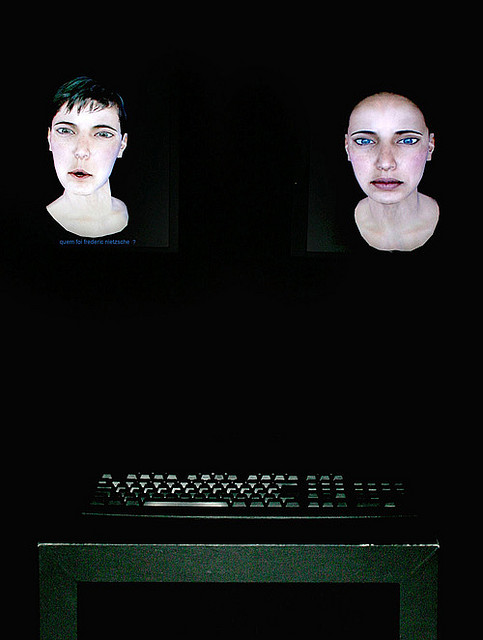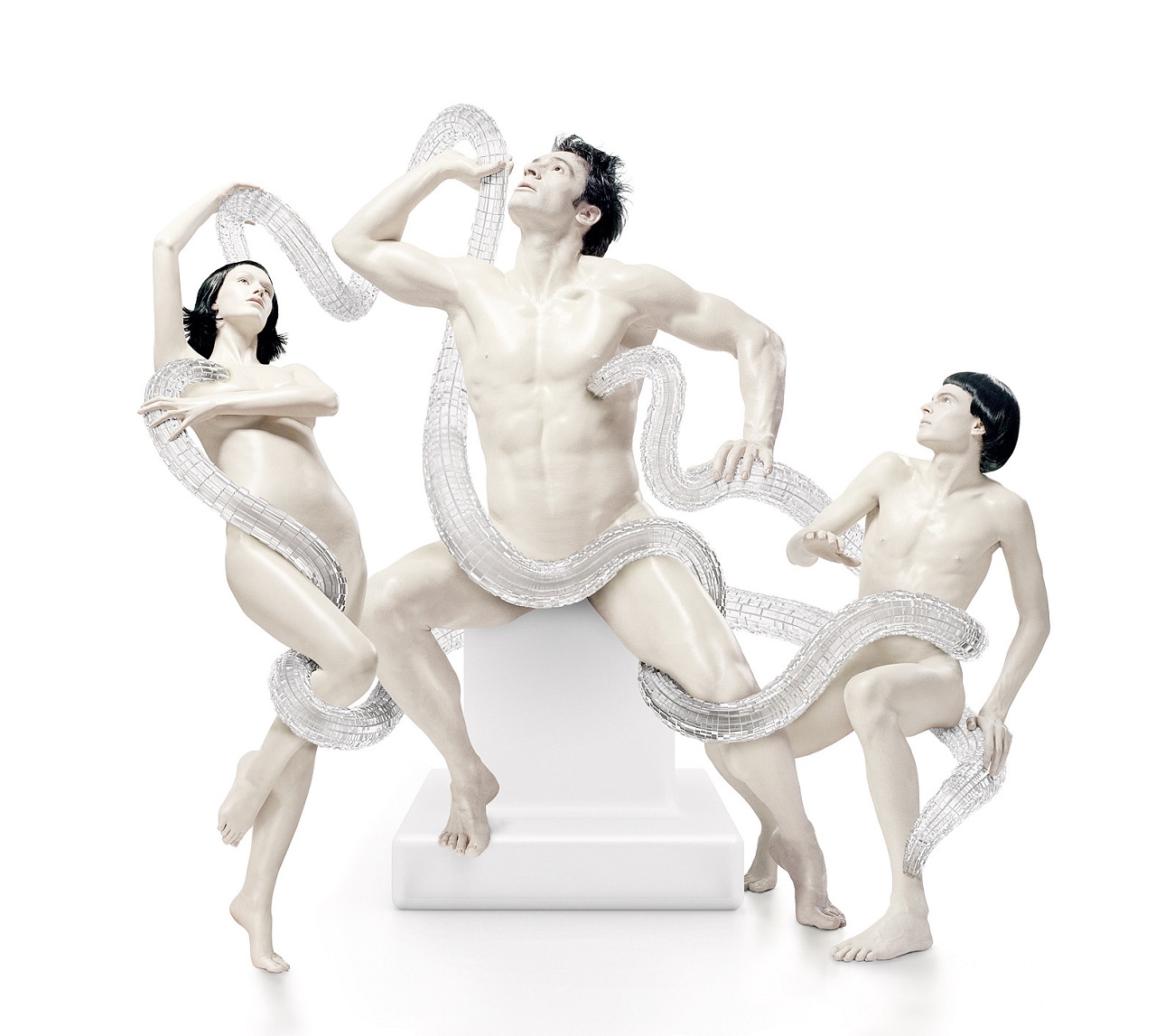
Studio Drift
Franchise Freedom
Franchise Freedom is een performatieve kunstinstallatie van DRIFT die de relatie tussen mens, natuur en technologie onderzoekt. Een autonoom vliegende zwerm van honderden drones stelt het menselijke concept van vrijheid en sociale constructie in vraag. Het nodigt je uit om een poëtische kant van technische innovatie te bekijken en terug te verbinden met de natuur. Gebaseerd op een biologisch algoritme van meer dan 10 jaar onderzoek naar het vlieggedrag van spreeuwen, verlegt het kunstwerk de grenzen tussen natuur en technologie en genereert het een impactvolle sociale verbinding.















